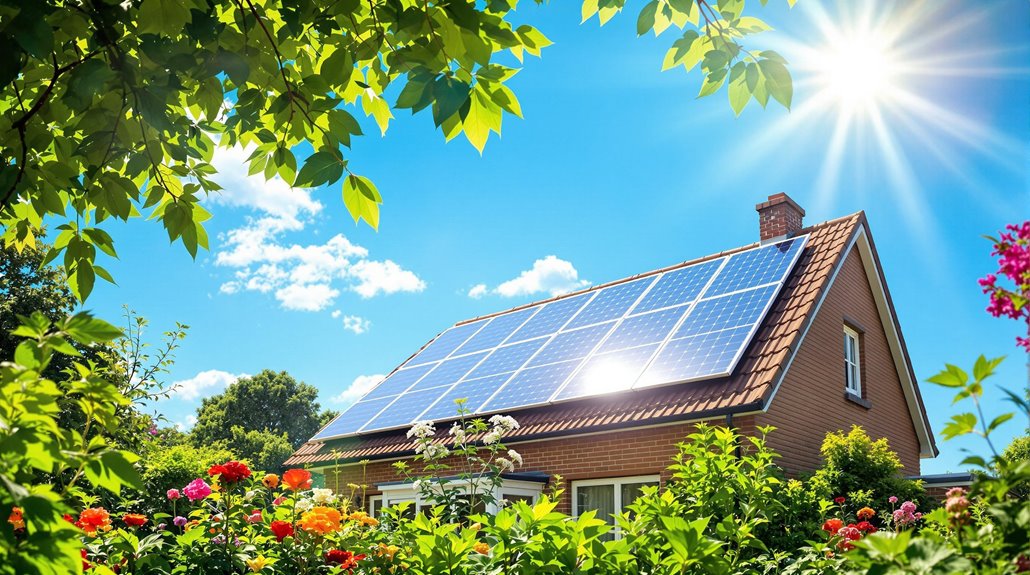I was speaking at the HBF conference on Thursday on the topic of the future of housing and in particular on energy. For those of you who couldn’t get a ticket, I have bulleted the main points and attached the slides.
We are going through a period of rapid change in the energy and housing sector; their interaction is even more exciting. As a sector we need to embrace the opportunities that brings and convince the public of the benefits.
The Future Homes Standard and equivalents in Wales, Scotland and Northern Ireland will be the biggest change in how our houses work since mains gas came in – heat pumps, solar, EV chargers, good fabric standards, hot water tanks – all interacting in real time
The Building Regulations on energy, overheating and EV charging have got us to a point where we will be all-electric and operationally net zero carbon. We can stop debating fabric standards and the like.
Need to be smart – What these changes haven’t sorted is the need to embrace the smart energy revolution. How we operate the energy systems in these homes is going to be more important in how much they cost to run and how they support the all-electric / net zero transition. This is a huge commercial opportunity and risk to the sector; there is a lot of money to be made helping residents and our energy system balance supply and demand. There is big risk that if we don’t make it easy and beneficial for residents immediately, there will be resistance.
These new homes will be wonderful; very cheap to run, no air pollution, more desirable to residents and able to end the discussion of net zero and homes.
Two big challenges this change will bring:
- The Energy Bill Paradox – People living in large new homes with big solar roofs and the opportunity to charge their car directly will probably have lower overall energy bills than someone in a one bed flat who can’t benefit from the solar on the roof, has to charge their car at commercial rates on the street and has very little opportunity to provide demand side response.
- The grid issue – The change to all-electric homes and EV charging has caused uncertainty in how large a grid connection our new homes need. I think the evidence is becoming clear now that we have been overly cautious here. The averaged peak load (ADMD) of new homes is likely to end up around 2kVA, not much more than we used to use in the old days of homes with gas boilers and petrol cars. The industry needs to work hard to get the data to push this as low as possible. That will ensure our grid is being used efficiently, reduce costs and speed housebuilding.
The Future is about Mobility – With these new homes I think we have crossed the line in terms of energy efficiency and net zero, (we still need to make sure we are being smart). The next big challenge is to address mobility; just like how energy in homes hasn’t changed fundamentally for decades until now, we are still looking at mobility like it is the 1980s. With EVs being so cheap to run, escooters and ebikes and autonomous vehicles coming, there is a huge opportunity to develop differently. New towns can be developed with a full shared mobility offer, with a hugely reduced need for parking for private vehicles, maybe 0.5 per home, for those who really want their own car or need one. That would allow higher density development without compromising space, helping to increase housebuilding. But denser housing isn’t just about more housing, it is about better places that have the demand density for retail, leisure, social and workspaces; the things that make places we love. (They will also be ready for the autonomous vehicle revolution.) I would love to talk to anyone interested in the next big challenge.


Leave a Reply